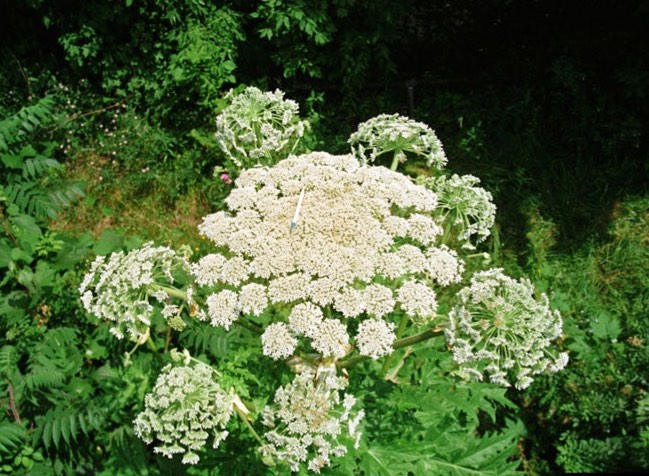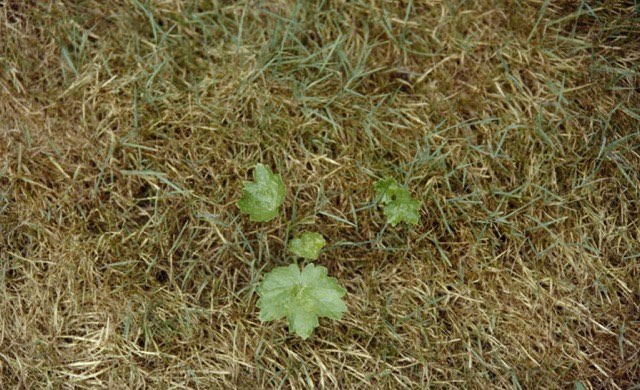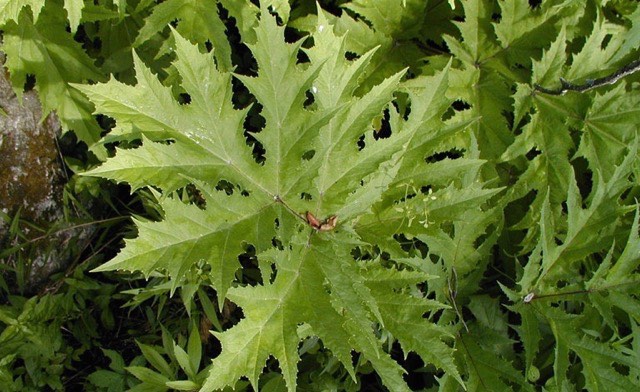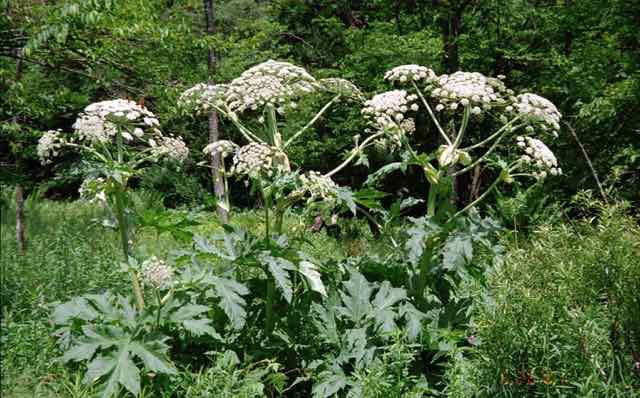Ohio’s Noxious Weeds
Giant hogweed

Heracleum mantegazzianum, giant hogweed
Family: Parsley, Apiaceae.
Habitat: Rich, moist soils along roadside ditches, stream banks, waste ground, along tree lines and open wooded areas.
Life cycle: Biennial or herbaceous plant.
Growth habit: 8-15 ft tall
Leaves: Are lobed, deeply incised and up to 5 ft. across.
Stem: Hollow, ridged, 2-4 in. in diameter, 8-14 ft. tall, with purple blotches and coarse white hairs. The hairs are especially prominent that circle the stem at the base of the leaf stalks.
Flower: Numerous small white flowers in June – July, borne in a large flat topped, umbrella-like cluster up to 2 1/2 inches across.
Fruit: (Containing the seed) is dry, flattened, oval, about 3/8 in. long and tan with brown lines.
Roots: Forked or branched taproot.
Similar Plants: Cow parsnip, Angelica, and Poison hemlock. Giant hogweed it much larger than Angelica and Poison Hemlock. It is similar sized as compared to Cow Parsnip, but Giant Hogweed has spots on the stem.
The Problem is….. This tall majestic plant is a public health hazard because of its potential to cause severe skin irritation in susceptible people. Plant sap produces painful, burning blisters within 24 to 48 hours after contact. Plant juices also can produce painless red blotches that later develop into purplish or brownish scars that may persist for several years. For an adverse reaction to occur, the skin, contaminated with plant juices, must be moist (perspiration) and then exposed to sunlight.




